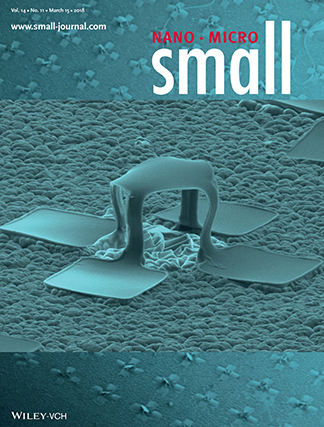 Dr. Andreas A. Polycarpou, Dr. John A. Rogers and mechanical engineering graduate teaching fellow Mohammad Humood from the Department of Mechanical Engineering at Texas A&M University are conducting research to help further the broader engineering goal to develop flexible, wearable electronic devices, which can be integrated into clothes, glasses, skin and even inside the human body.
Dr. Andreas A. Polycarpou, Dr. John A. Rogers and mechanical engineering graduate teaching fellow Mohammad Humood from the Department of Mechanical Engineering at Texas A&M University are conducting research to help further the broader engineering goal to develop flexible, wearable electronic devices, which can be integrated into clothes, glasses, skin and even inside the human body.
“These devices are required to be mechanically robust and able to retain their performance and efficiency under different ranges of mechanical deformations, such as bending and twisting, without any failure in the rigid components of these devices, such as silicon and copper,” said Humood, who came onto the project after he was awarded the Hagler Institute for Advanced Study Fellowship and was assigned to work with faculty fellow Rogers.
According to Dr. Matt Pharr, who also works on the project, the goal of the research was to produce multilayer 3D Kirigami microstructures that contain silicon and investigate their basic mechanical response under mechanical pressure. Kirigami is a variation of Origami that includes cutting the paper, rather than solely folding it.
These materials have potential applications in 3D Micro-Electro-Mechanical Systems (MEMS) devices, which could then be used to develop the wearable electronics, and the Texas A&M team was the first to experimentally study the nanomechanics of silicon-based kirigami structures. The modeling aspect was done in collaboration with Dr. Yonggang Huang in Northwestern University.
“This work aims to provide insight into their basic mechanical response with an eye toward potential applications,” Pharr said.
Humood said there is a growing need for 3D MEMS as a route to improve the efficiency and reliability of current devices, such as sensors. He said future applications of this technology are broad. Once developed, the sensors could be integrated with the skin and organs of patients, which will help medical professionals better understand how diseases develop and predict them early.
“Biology, such as human skin and organs, is inherently a 3D design,” Humood said. “Therefore, 3D nano/micro structured flexible devices will yield a complete integration between life and technology.”
The team faced several challenges throughout their research, such as the small and somewhat fragile makeup of MEMS, which are made of silicon and its oxides, which is inherently stiff and brittle.
“Finding and implementing a reliable means of producing such structures was challenging but was ultimately resolved such that robust structures could be produced repeatedly,” Pharr said.
Another challenge, Humood said, was running complex experiments within the scanning electron microscope where the material was compressed.
“This gave us the opportunity to record images and videos while compressing them, which helped us to observe their deformation modes,” Humood said.
The team’s paper was published on the cover of small, an internationally known magazine.
“Having our work accepted for publication in the journal of small and being selected to be on the cover of the journal by the editor highlights the importance of this work as it shows proof of concept for the reliability of these new 3D structures and how they can enable the development of a new class of electronic devices,” Humood said.
Results of the research show that not only were the silicon-based MEMS promising candidates for building wearable electronics, their mechanical characteristics, such as load bearing capabilities, energy dissipation, bending stiffness and elastic recoverability, could be tailored by changing the geometry of the microstructure.
Because the materials can change their qualities and mechanical response when their structure is only slightly changed, they have a number of potential applications in 3D MEMS devices moving forward.
“For the broad community, we hope the findings of this work show our promise and commitment as engineers and scientists toward continuous improvement of human life,” Polycarpou said.
Photo courtesy of small.